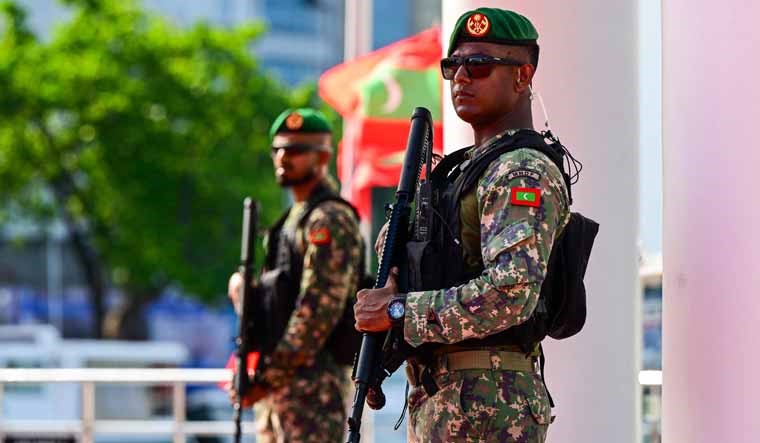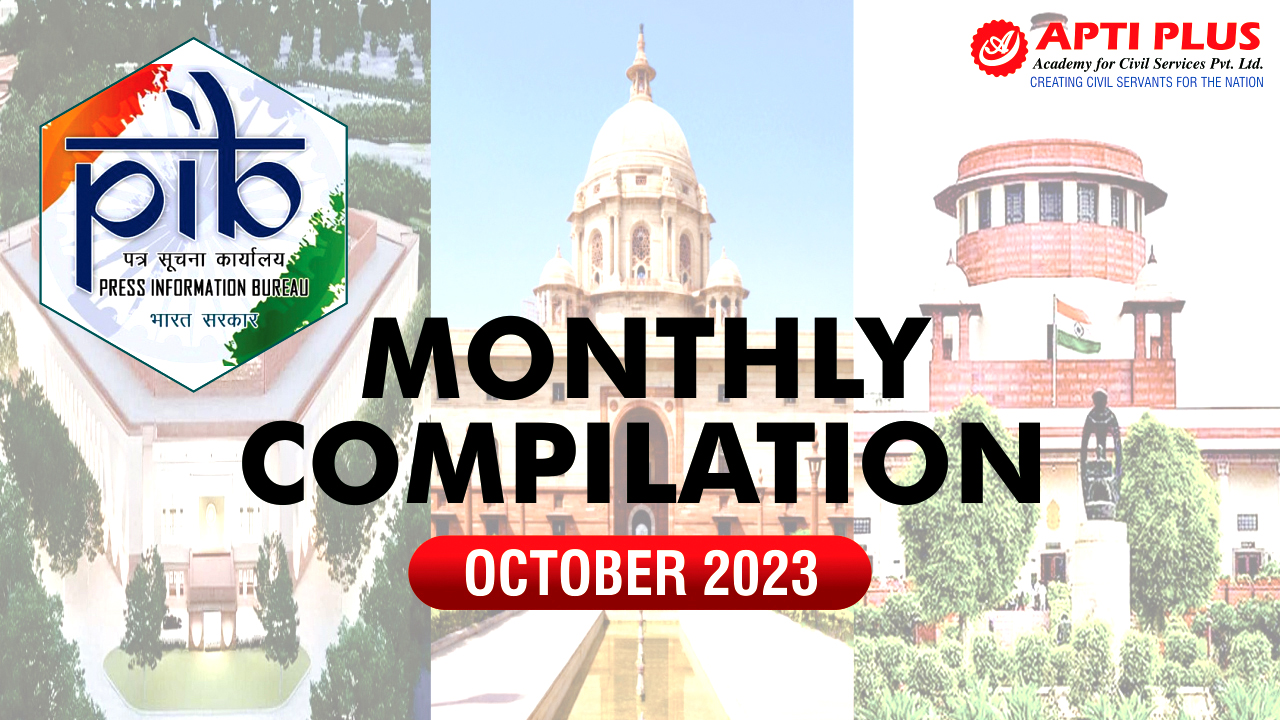Description

Disclaimer: Copyright infringement not intended.
Context
- Mohamed Muizzu, the newly elected President of Maldives, “formally requested” the Indian government to “withdraw its military personnel” from the country.
Details
- The presence of Indian military personnel in the Maldives primarily revolves around the operation of two Indian helicopters, sent as part of a bilateral agreement to assist the island nation in maritime surveillance, search and rescue operations, and medical evacuations.
- The Indian team, including pilots and maintenance crews, has been integral in ensuring the operational readiness of these aircraft.
- President Muizzu, acknowledging the helicopters' role in numerous emergency medical evacuations, conveyed the decision as a reflection of the democratic will of the Maldivian people.
- The request for military withdrawal comes amidst a broader geopolitical context, notably the increasing influence of China in the Indian Ocean region.
- The Maldives, historically swayed between Indian and Chinese influences, appears to be reasserting its autonomy in foreign affairs.
- This move might be seen as an attempt to recalibrate its foreign policy, balancing its relations with major powers.
Background: India’s Relations with Maldives
- India has fostered close relations with the Maldives through various agreements, including ‘SAGAR’ (Security and Growth for All in the Region) and ‘Neighborhood First’ being a net security provider in the Indian Ocean.
- India has long contributed to the political sanity of Maldives by preventing a military coup in 1988.
- Furthermore, Indian Navy in coordination with Maldives National Defense Force have been right on the call whenever Maldives has been knocked down by a natural disaster including 2004 Tsunami and 2014 water crisis.
- India has made substantial investments in infrastructure, notably the Greater Male Connectivity Project. Under this project, the Indian company Afcons provided a substantial grant of USD 100 million and extended a Line of Credit worth USD 400 million to the Maldives.
- Pro-China stance of President Muizzu alliance is inching Maldives close to catastrophe. China’s debt-trap policy causing overwhelming debt and economic instability in Pakistan, Kenya, Zambia, Laos, Sri Lanka clearly illustrate China’s intent of grabbing territory to meet expansionist aspirations.
- China for its own gain has integrated the Maldives into its strategic network as a crucial component of the “String of Pearls” strategy in South Asia.

What is the “India Out” campaign?
- The ‘India Out’ campaign started on-ground protests in the Maldives and quickly moved to social media platforms.
- People are protesting against the military presence in the country, adding that they are not enticing anyone to resort to violence.
- Though the campaign gained popularity in the past year or so, its root cause can be traced back to 2013 when Abdulla Yameen Abdul Gayoom of the Progressive Party (PPM) became the president. The relationship between India and Maldives soured as the PPM was considered pro-China.
- India gave two Dhruv Advanced Light Helicopters (ALF) to the Maldives in 2010 and 2015 both of which were to be used for ocean search-and-rescue operations, maritime weather surveillance and for airlifting patients between islands.
- However, some people in the PPM stirred up a controversy by saying that the helicopters marked the start of military presence in the country.
- The Maldives government requested India to take back the helicopters in 2016, but India refused to do so.
Challenges and Perceptions Surrounding ‘India Out’ Campaign
- While the protest and reservations against the Indian military presence initially arose through political channels during the course of last decade, it’s essential to note that these protests have also had a cascading impact on the general population of the Maldives.
- The Indian Navy and Coast Guard maintain these troops, who operate a maritime patrol aircraft and two helicopters to provide critical services such as search and rescue operations, exclusive economic zone surveillance, and medical evacuations. However, this well-intentioned military assistance is unfairly viewed by many as an intrusion and the personnel are unjustly labeled as spies.
- The perception among well-informed Maldivians is that Indian officials may have engaged in interactions with the former Maldivian government that exceeded standard diplomatic protocols. This perception has given rise to speculations about undisclosed military agreements with India, which have contributed to a general unease concerning the Indian military presence in the country.
- This complex issue highlights the importance of transparent communication to address these underlying concerns and promote a more amicable relationship between the two nations.
- It’s essential to note that the ‘India-Out’ campaign, led by active protesters, is primarily concerned with the growing Indian military presence and does not adopt a hardline stance against people-to-people relations.The protesters emphasize that they are not advocating for violent clashes with India or Indians in the Maldives.
- However, the stance forwarded by the protesters just seem to be a back-handed attempt to launch stronger protests as the agitations have been brewing from the last decade and the volcano therefore might just erupt resulting in Maldives becoming extremely hostile towards India in entirety.

Conclusion
- Strengthening the deteriorating relations is of paramount importance, and the Muizzu lead alliance is a pivotal actor in achieving this goal.
- Indian High Commission should employ a multifaceted approach to communicate India’s goodwill among the Maldivian populace.This involves actively engaging with various stakeholders, including government officials, civil society, and the general public. By participating in local events, fostering cultural exchanges, and supporting educational initiatives. Showcasing India’s positive contributions to the Maldives in fields like infrastructure, healthcare, and education is crucial.
- Such efforts should underscore the tangible benefits of the bilateral relationship, demonstrating India’s commitment to the Maldives’ development and prosperity. In essence, by fostering a sense of partnership and actively addressing the concerns and aspirations of the Maldivian people will promote a more constructive relationship.
|
PRACTICE QUESTION
Q. What is the “India Out” campaign? What are the challenges and perceptions Surrounding ‘India Out’ Campaign? Discuss.
|












